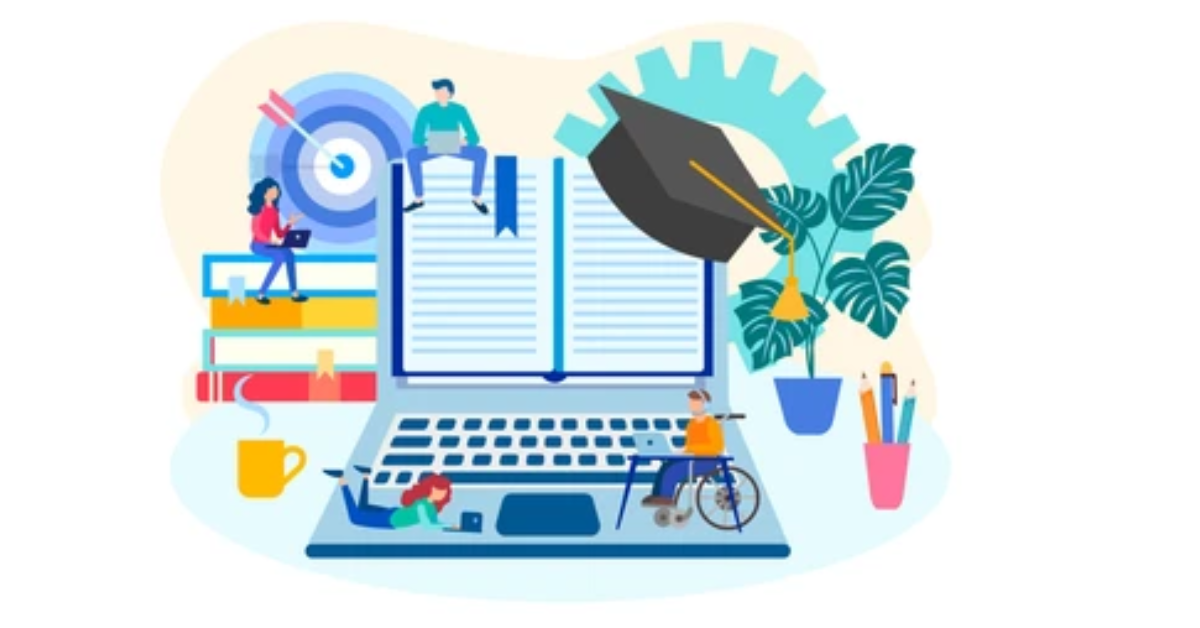In today’s higher education landscape, universities strive to create inclusive environments where all students can thrive, regardless of their physical, mental, or learning abilities. University disability services are pivotal in ensuring that students with disabilities have the necessary resources and accommodations to succeed academically and socially. These services ensure that all students, regardless of their challenges, can access the same opportunities, fostering an environment of inclusivity and equality.

What Are University Disability Services?
University disability services provide support for students with disabilities, offering a range of accommodations that allow them to fully participate in their education. These services ensure that students with disabilities are given equal opportunities to succeed in academic pursuits, social activities, and extracurricular involvement.
Typically, disability services are managed by specialized departments within universities that coordinate efforts between students, faculty, and staff. The objective is to reduce barriers and create equitable learning environments by providing individualized support plans tailored to the unique needs of each student.
Key Disabilities Supported by University Services
Universities support students with a wide variety of disabilities, recognizing that every student’s needs differ. Disability services cater to a broad spectrum of conditions, including:
- Physical Disabilities: These include mobility impairments and other physical conditions that may limit a student’s ability to navigate campus spaces. Universities work to ensure that buildings, classrooms, and other facilities are wheelchair accessible and provide transportation services, where necessary.
- Sensory Disabilities: Students who are blind, visually impaired, deaf, or hard of hearing require specific accommodations such as Braille materials, audio descriptions, or sign language interpreters.
- Learning Disabilities: Conditions like dyslexia, dysgraphia, and ADHD can make learning in traditional settings challenging. Universities provide extended exam times, alternative formats for learning materials, and assistive technology to help these students succeed.
- Mental Health Conditions: Mental health conditions, including anxiety, depression, and bipolar disorder, also fall under the scope of disability services. These students may receive accommodations such as extended deadlines, reduced course loads, or access to counseling services.
- Chronic Health Conditions: Students with chronic illnesses, such as diabetes, Crohn’s disease, or epilepsy, may need access to flexible schedules, medical accommodations, or breaks during classes.
Core Services and Accommodations Provided
University disability services offer a wide array of accommodations designed to level the playing field for students with disabilities. These can vary by institution but typically include:
- Academic Accommodations: This is one of the most essential forms of support. Students may receive extra time on exams, alternative testing arrangements, and the ability to record lectures or access note-taking services. These adjustments ensure that students with disabilities can demonstrate their knowledge without being hindered by their condition.
- Assistive Technology: Many universities provide access to assistive technologies, such as screen readers, voice-to-text software, and specialized hardware, which help students interact with course materials in a way that suits their needs.
- Accessible Campus Facilities: Ensuring physical access to classrooms, libraries, residence halls, and dining facilities is crucial. Universities must comply with ADA standards to create environments where students with physical disabilities can navigate the campus with ease.
- Counseling and Support Services: Mental health plays a significant role in academic success, and many disability services departments work closely with counseling centers to offer psychological support. This can include regular counseling, crisis intervention, and stress management workshops tailored to students with mental health conditions.
- Housing Accommodations: Universities offer housing options that accommodate students with various needs, such as wheelchair-accessible dorms or single rooms for students who may have sensory processing difficulties.
- Advising and Advocacy: In addition to accommodations, students with disabilities often receive advising from disability services staff. This can include help with course selection, navigating university policies, and securing additional resources, such as tutoring or mentorship.
Legislation Governing Disability Services
The provision of disability services at universities is grounded in legal protections designed to prevent discrimination against individuals with disabilities.
- Americans with Disabilities Act (ADA): Passed in 1990, the ADA is a comprehensive civil rights law that prohibits discrimination against individuals with disabilities. It mandates that universities provide reasonable accommodations to ensure that students with disabilities have equal access to education.
- Section 504 of the Rehabilitation Act: Enacted in 1973, this legislation requires institutions that receive federal funding to provide necessary accommodations to students with disabilities. Section 504 specifically applies to higher education institutions, ensuring that students are not excluded or denied benefits based on their disability.
- Individuals with Disabilities Education Act (IDEA): While primarily focused on K-12 education, IDEA has lasting effects on how students transition into higher education. The law ensures that students with disabilities have access to specialized support from an early age, setting the stage for continued support during their university years.
Challenges Faced by University Disability Services
Despite their importance, university disability services face a range of challenges. A common issue is limited funding, which can affect the quality and breadth of services provided. Disability services often require significant investment in technology, personnel, and infrastructure, yet budget constraints can limit these resources at many institutions.
Another challenge is the stigma associated with disabilities. Many students are hesitant to seek help due to concerns about how they will be perceived by peers and faculty. Universities must actively work to foster an environment where disability services are normalized and viewed as a standard part of the student support ecosystem.
Finally, raising awareness among faculty and students about the availability and importance of disability services can be difficult. Some faculty may be unfamiliar with how to accommodate students with disabilities, leading to inconsistent implementation of accommodations. Ongoing training and communication between disability services and academic departments are essential for ensuring a smooth process.
How to Access Disability Services
For students to take advantage of university disability services, they must first self-identify and register with the disability services office. This often involves submitting medical documentation that outlines their condition and the recommended accommodations.
- Initial Consultation: After registration, students typically meet with a disability services advisor to discuss their specific needs and develop an accommodation plan tailored to their academic and personal requirements.
- Implementation: Once an accommodation plan is in place, disability services work with faculty and staff to ensure that the agreed-upon adjustments are provided. This might include coordinating with professors to allow for extended exam times or arranging accessible seating in classrooms.
- Ongoing Support: Students are encouraged to maintain communication with disability services throughout their academic career. This ensures that any adjustments to their accommodations can be made as needed and that they have access to additional support resources.
Creating a Culture of Inclusivity
Beyond accommodations, universities must foster a culture of inclusivity where students with disabilities feel fully integrated into campus life. Disability awareness and advocacy programs can help promote understanding and encourage a campus-wide commitment to accessibility.
Campus events, student organizations, and workshops that focus on disability issues play a key role in this effort. Additionally, universities can work to ensure that faculty and staff are trained on how to best support students with disabilities, ensuring that the campus environment is welcoming and inclusive for all.
Conclusion
University disability services are essential in ensuring that students with disabilities can succeed in higher education. By providing academic accommodations, technological support, counseling services, and accessible facilities, universities create environments where all students can thrive. As universities continue to prioritize inclusivity, students with disabilities are empowered to reach their full potential, contributing to a more diverse and dynamic academic community.
